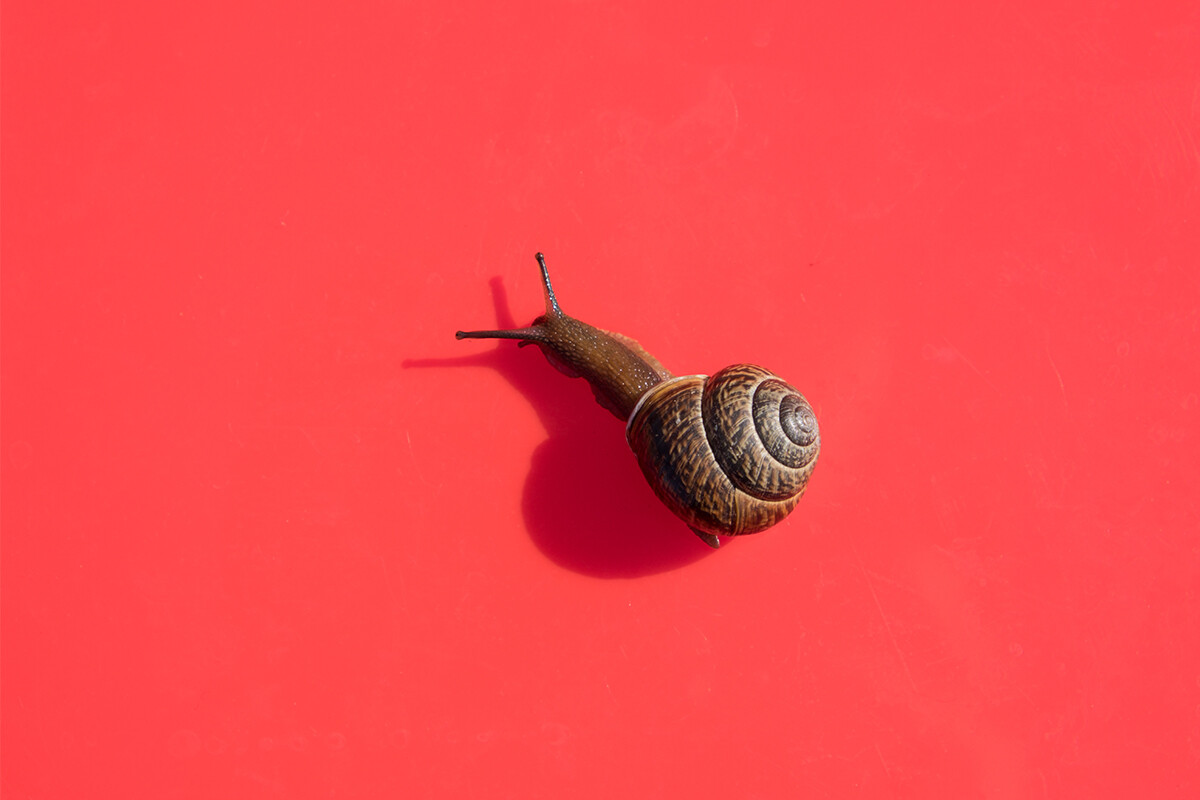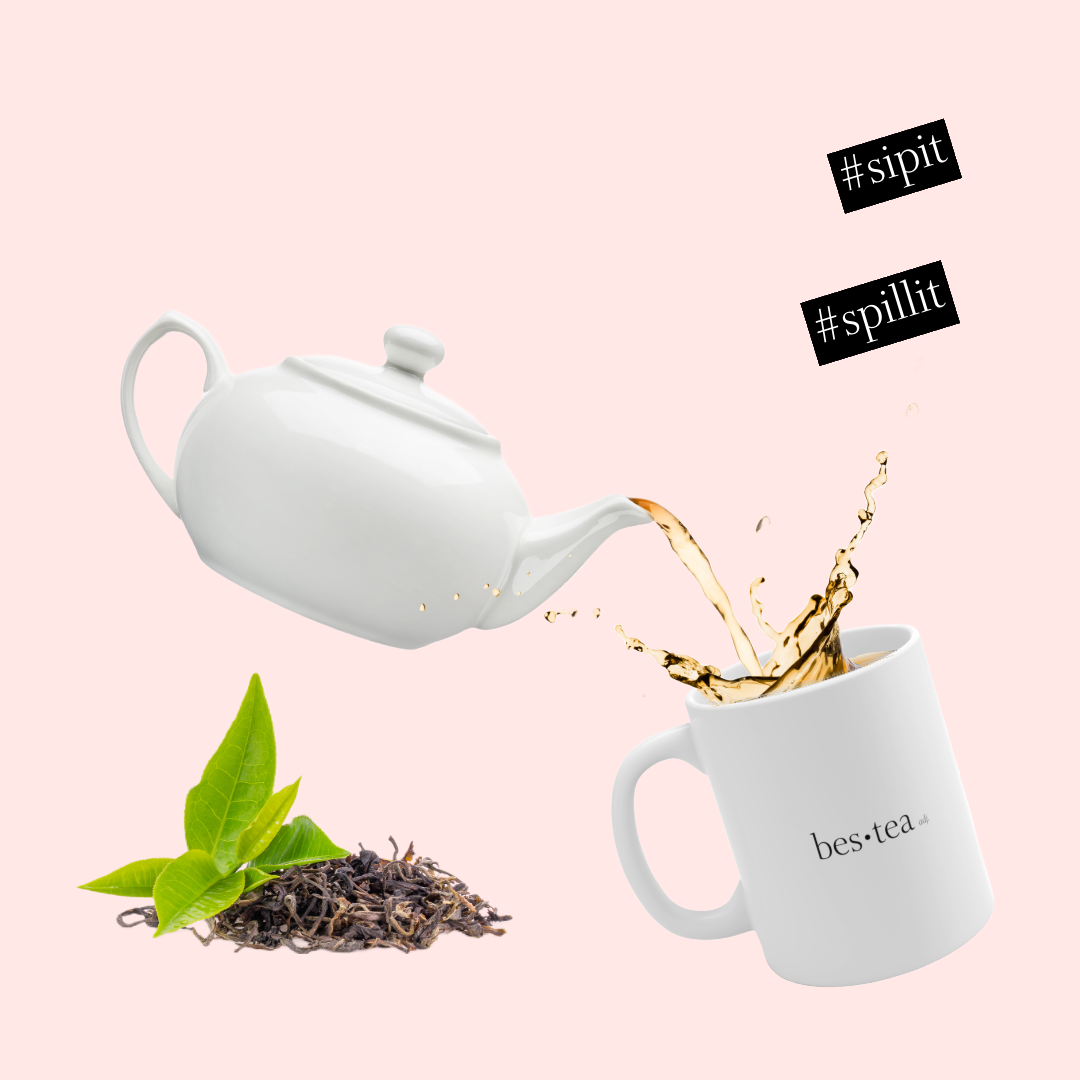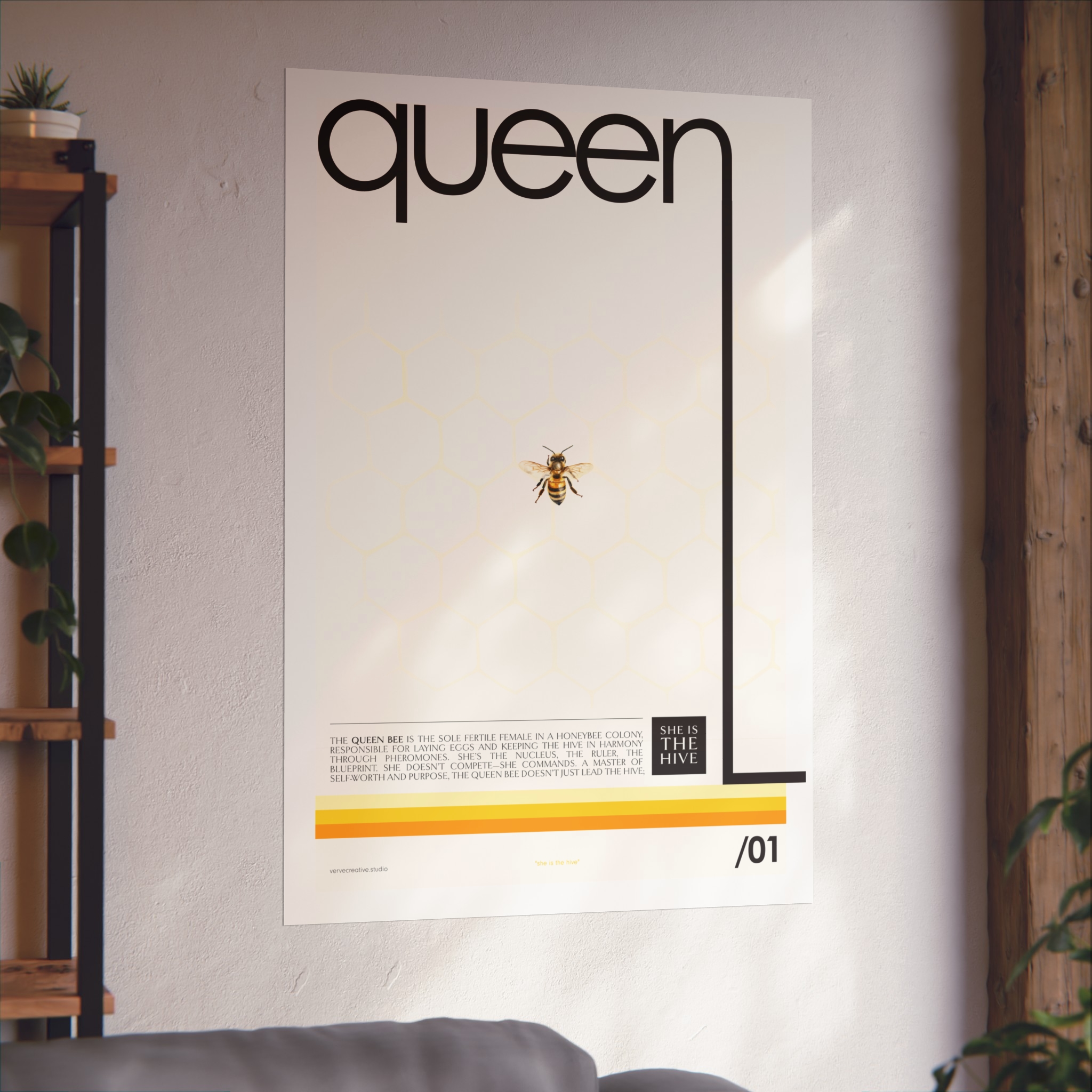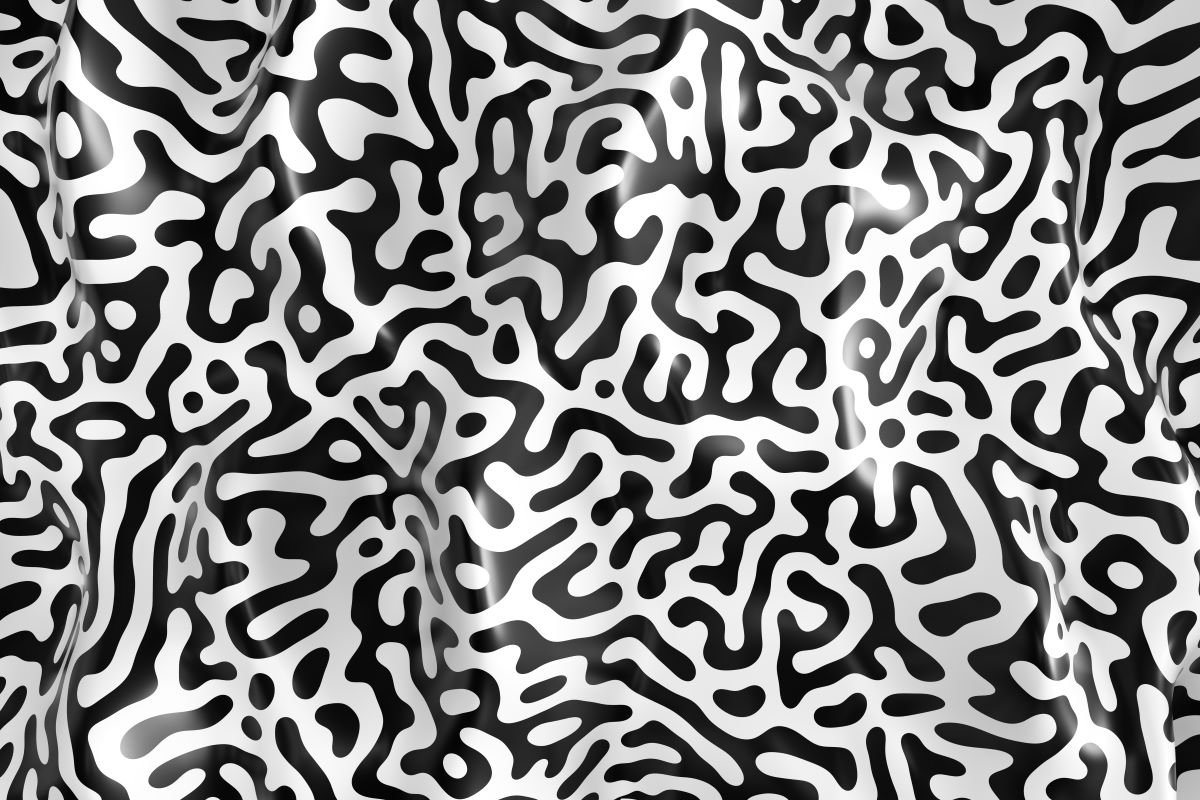
This is a snail…
Yuck. These tiny, shell-wearing creatures have built an empire on their slow and steady reputation. Snail is a common name for gastropod mollusks that are split into three groups: land, sea and freshwater. They can have lungs or gills depending on the species and their habitat. Did you know that there are snails that can kill humans? The venom of a few larger species of cone snails, especially the piscivorous ones, is powerful enough to kill a human being! Still, these slimy little speedsters have been captivating audiences for centuries with their unparalleled ability to move at the pace of continental drift.
So first and foremost, let’s address the most pressing question: Why are snails so slow? Some believe they have a secret society where the motto is “No Rush!” Others believe they’re perpetually in a Zen state of mind, oblivious to the concept of time. Perhaps they’re just great fans of leisurely strolls and scenic routes? In a snail shell, they are slow due to a combination of factors such as their body structure, muscular system, simple nervous system, energy-efficient digestion, and their evolutionary adaptation to avoid predation. While their leisurely pace may be the source of jokes and amusement, it has played a crucial role in their survival as a species.
Snails are also masters of stealth and disguise. Their shells are not just homes; they are fashion statements. They are trendsetters in the world of shell couture, constantly remodeling and redecorating their dwellings. It’s like living in a never-ending episode of “MTV Cribs” for mollusks. Who wouldn’t want to watch “Snail TV” and see what fabulous interiors these slow-moving style icons have come up with?
The snail-like animals that do not have a shell are usually called slugs. Double yuck. Did you know that slugs have 4 noses? That snot even right. However, it explains all of the body slime. While it’s clear that snails and slugs gross me out, they are actually quite important because they are an excellent food source for all sorts of mammals and beneficial insects.
Escargot anyone?

























 Just giving you the heads up: We use cookies and other tracking doodads to make your browsing experience as sweet as a freshly baked batch (Website
Just giving you the heads up: We use cookies and other tracking doodads to make your browsing experience as sweet as a freshly baked batch (Website